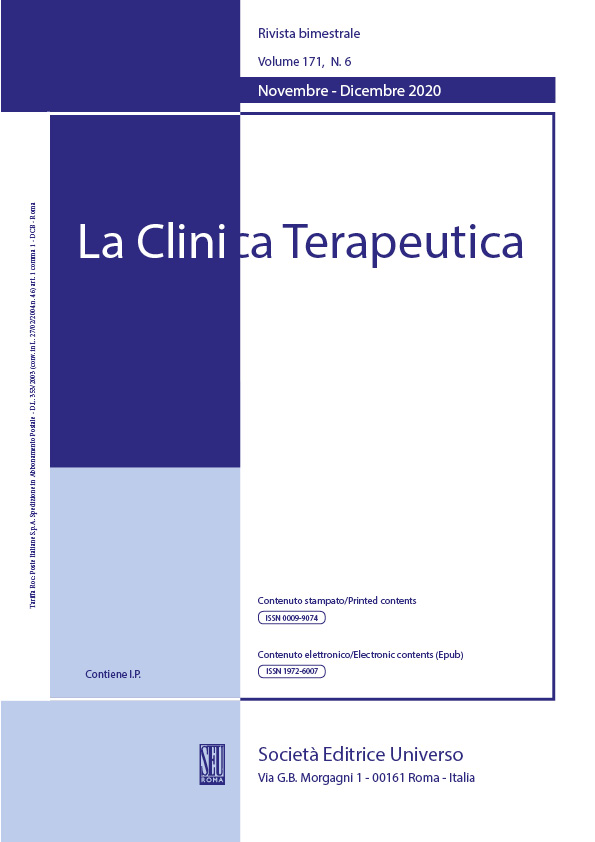Abstract
Background: Anatomical variations in first extensor compartment play a role in the development of de Quervain's disease. This study delves into the detailed examination of these anatomical variations.
Methods: 50 upper limbs (28 male and 22 female) from 25 formalin-embalmed adult human cadavers were dissected to investigate variations in tendons of first extensor compartment.
Results: Accessory tendons to main tendon of abductor pollicis longus (APL) were reported in 49 (98%) cases, with 34% having two accessory tendons, 52% having three, and 12% having four. Terminal ends of these accessory tendons were generally consistent, except in one case where it split into two tendinous bands at insertion site, which was most commonly at base of first metacarpal. Extensor pollicis brevis (EPB) was found as a single tendon in 48 cases, with one case each of duplication and absence. In 19 cases (38%), muscle belly of EPB was fused with that of APL to some extent and it typically inserted at base of the proximal phalanx of the thumb. Average length of muscle belly, tendon, and muscle tendon ratio (MTR) of APL was 15.99±0.62 cm, 5.91±0.76 cm and 2.71 and of EPB was 6.39±0.29 cm, 9.15±0.74 cm and 0.70 respectively.
Conclusion: APL variations range from accessory tendons, splitting of tendons to various insertion points. Additionally, length and insertions points of these accessory tendons are key factors in deciding their usability as graft sources for tendon reconstruction and in surgical treatments of conditions like de Quervain's tenosynovitis.

